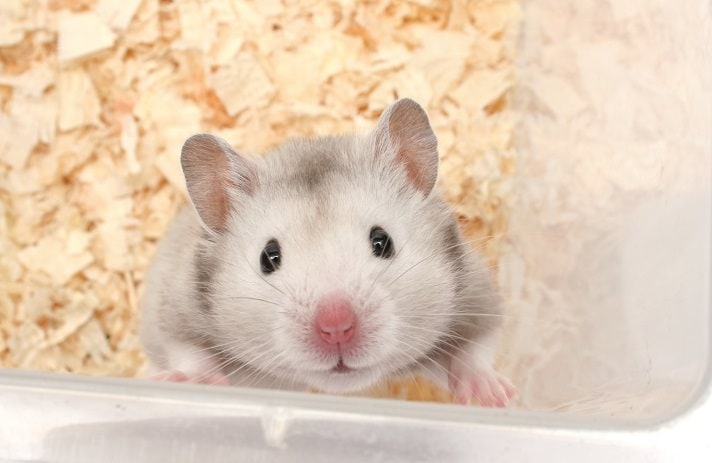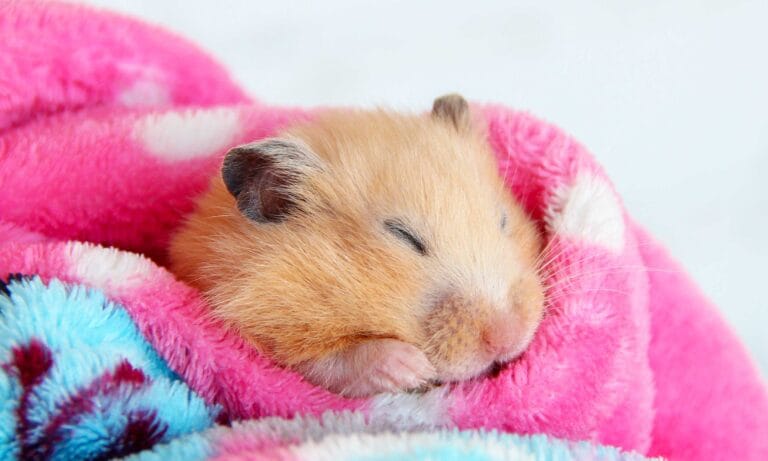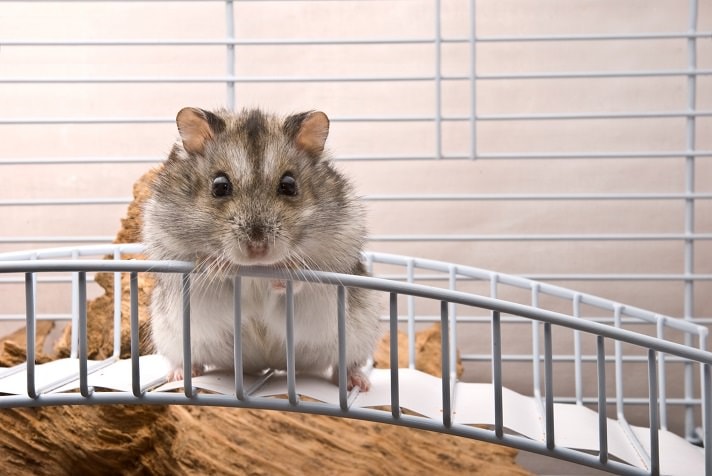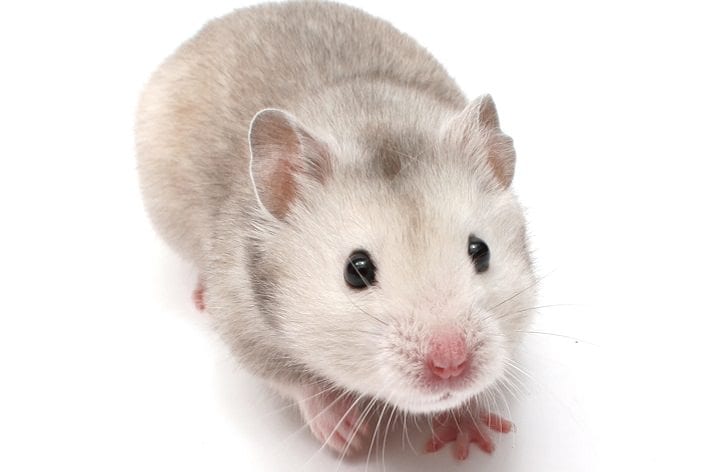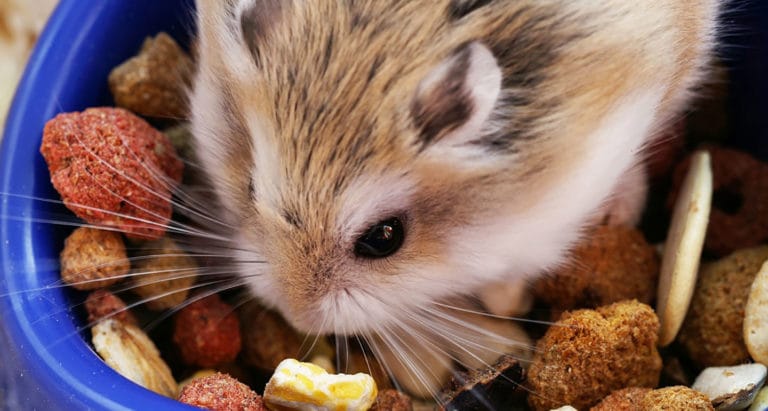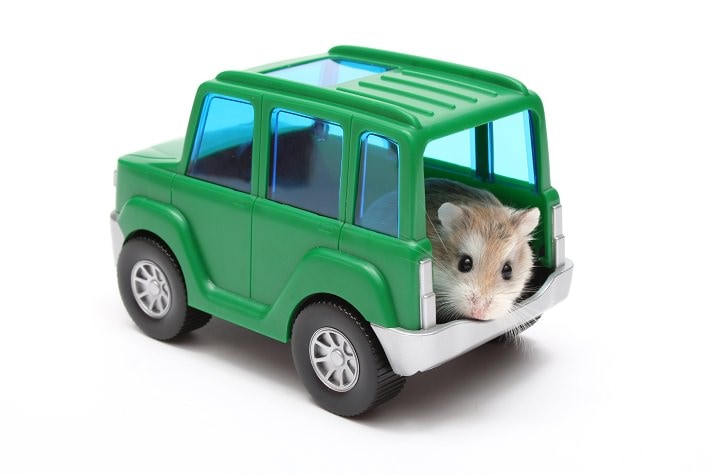A small, Golden hamster (Syrian) came in for an exam because the owner noticed something was wrong with his rear end. The hamster was still active, but he had a rather long section of his rectum that had prolapsed out the abdominal cavity. That’s right; roughly 2½ inches of the hamster’s rectum and bowel were hanging outside of his body.
As strange as that sounds, a prolapsed rectum is not uncommon in hamsters. Most cases are the result of straining to defecate. Hamsters are prone to develop diarrhea that is often called “wet tail,” and the diarrhea causes them to strain when they defecate.
Wet tail in young hamsters is frequently caused by the bacteria Lawsonia. Young hamsters will have profuse diarrhea, which leads to dehydration and electrolyte imbalances that can be life-threatening. Stress makes a hamster more likely to come down with wet tail. Stressful things include weaning off the mother, shipping to the pet store, rapid food change and crowded conditions. Treatment is aimed at rehydrating the hamster, antibiotics to treat the bacteria and feeding an appropriate food. Even with aggressive treatment, some young hamsters do not survive.
Wet tail in adult hamsters is often from a bacterium called Clostridium. Intestinal cancer can also cause diarrhea in older hamsters. Treatment is aimed at rehydrating the hamster, antibiotics to treat Clostridium and feeding a good hamster food.
When the young or adult hamster with diarrhea strains a lot to defecate, it can actually prolapse the rectum and bowel. In worst-case scenarios, an intestinal intussusception can form. Intestinal intussusceptions are from part of the intestinal tract sliding into a distal part of the intestinal tract; it is a life-threatening condition.
Treatment for these two problems is to stabilize the hamster with fluids to rehydrate them, antibiotics to treat the bacteria, and surgery to correct the prolapse or intussusception. It is not easy to repair an intussusception in such a small pet, but it is really rewarding when the surgery is a success.
By: Jerry Murray
Featured Image: Via Gina Cioli/Lumina Media
Share:
